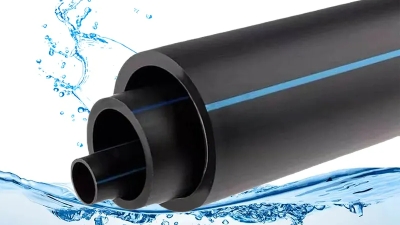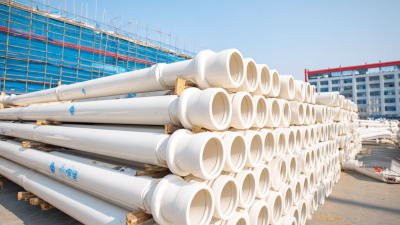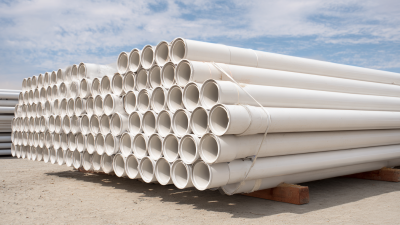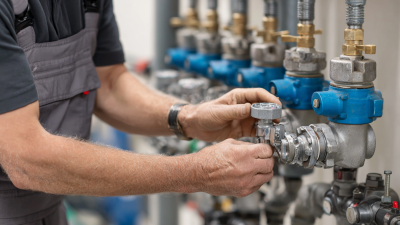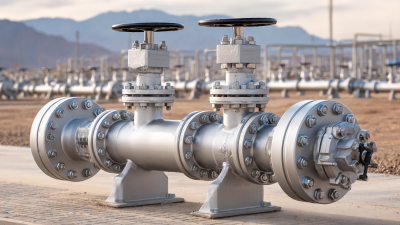7 Essential Tips for Sourcing Upvc Pipes: What Every Global Buyer Needs to Know
Table of Contents
- Understanding UPVC Pipe Specifications and Standards
- Identifying Reliable Suppliers for UPVC Pipes
- Evaluating Quality Control Measures in UPVC Production
- Navigating Pricing and Payment Terms in Global Sourcing
- Shipping and Logistics Considerations for UPVC Pipes
- Common Pitfalls to Avoid When Sourcing UPVC Pipes
- Enhancing Infrastructure Resilience: The Strategic Benefits of Pntek HDPE Pipes with 20% Improved Durability Metrics
- FAQS
- Conclusion
- Related Posts
You know, in the ever-changing world of the global plumbing scene, finding high-quality UPVC pipes has become pretty crucial for buyers who want their projects to last and work efficiently. I recently came across a report by MarketsandMarkets that says the global UPVC pipes market is expected to jump from about 8.5 billion bucks in 2021 to around 12.6 billion by 2026. That's a solid growth rate of roughly 8.4% each year, which really shows just how important UPVC pipes are in today’s construction projects—especially where resistance to corrosion and low maintenance are key concerns. Over the past decade, Ningbo Pntek Technology Co., Ltd. has built a solid reputation as a supplier of plastic pipes, fittings, and valves, ready to meet the needs of customers around the world. For anyone involved in sourcing UPVC pipes, getting a good handle on these industry trends is pretty much essential if you want to stay ahead of the game.
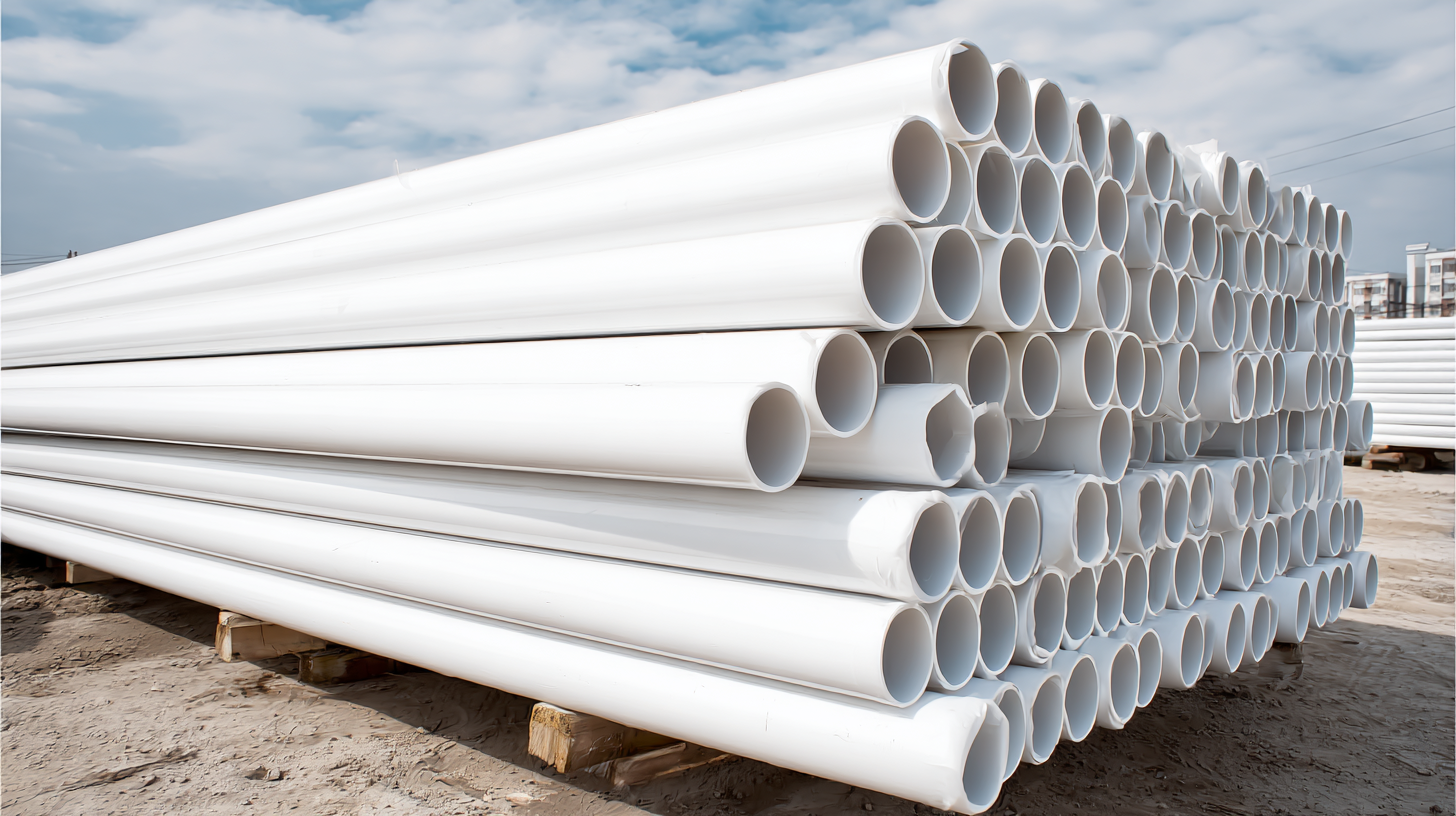
Understanding UPVC Pipe Specifications and Standards
When you're out there looking for UPVC pipes, it's really important to get a good grasp of the specs and standards involved. UPVC, which stands for Unplasticized Polyvinyl Chloride, is super popular because it’s tough and doesn’t corrode easily. But here’s the thing—not all UPVC pipes are the same. Taking some time to understand standards like ASTM, ISO, and EN can really help you tell which products actually meet the essential quality marks. Keep in mind, different countries have their own certifications, so if you're buying from abroad, it’s a good idea to familiarize yourself with local regulations to avoid any headaches down the line.
On top of that, you want to pay attention to details like pressure ratings, sizes, and how the pipes are joined together. For example, pressure ratings show how much internal pressure a pipe can handle—usually given in PN—and making sure your pipe size matches your project’s needs is key. The way pipes are joined, whether with solvent cement or mechanical fittings, can also make a big difference in installation ease and long-term reliability. If you keep these specs in mind, you’ll be in a much better position to pick the right pipes that will perform well and last, no matter what kind of project you're tackling.
UPVC Pipes Sourcing: Key Specifications and Standards
Identifying Reliable Suppliers for UPVC Pipes
Finding the right UPVC pipes isn’t always straightforward, especially for international buyers. One of the biggest challenges is figuring out which suppliers you can really trust. As the market keeps growing so fast, it’s more important than ever to team up with manufacturers who have a solid reputation. Take Ningbo Pntek Technology Co., Ltd., for example — they’ve been exporting for over 10 years, and that kind of experience really boosts your confidence in their quality and service.
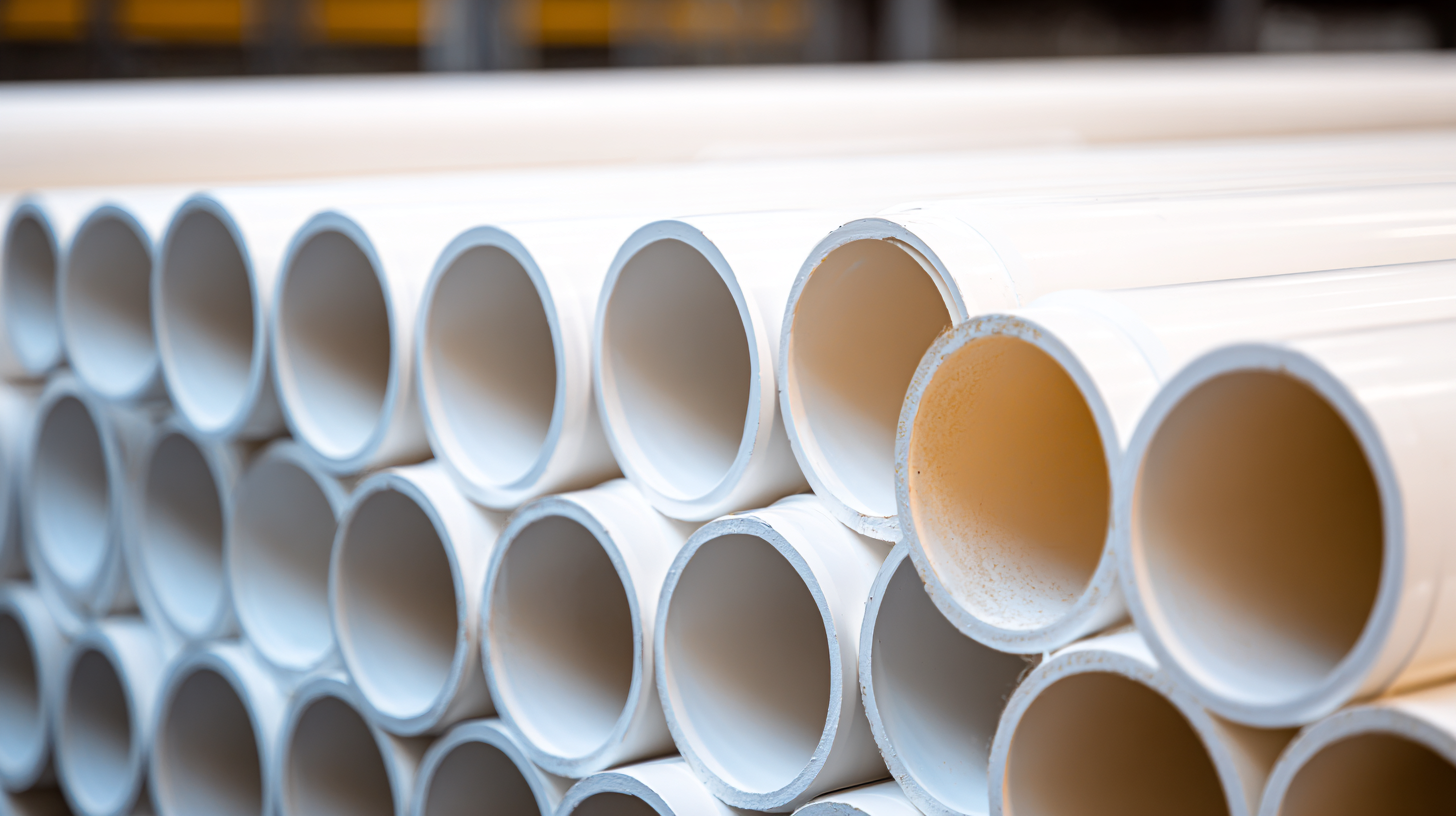
If you’re on the hunt for trustworthy suppliers, start by checking out their certifications and making sure they meet international standards. These little details can actually tell you a lot about their commitment to quality. It’s also a smart move to visit their facilities if possible — seeing how they operate firsthand can be super eye-opening. And don’t forget, working with suppliers who genuinely care about customer support and offer reliable after-sales service is a total game changer. Good communication makes everything so much easier and helps handle any issues quickly. By taking the time to evaluate potential partners with these tips in mind, you’ll be way more likely to find the perfect match for your UPVC pipe needs.
Evaluating Quality Control Measures in UPVC Production
When you're on the hunt for UPVC pipes, one thing you really want to pay attention to is how they handle quality during production. Good quality control is key—it helps ensure the pipes actually meet the right standards and specs, which is super important since it affects how long they last and perform in the real world. If you’re buying from anywhere around the globe, look for manufacturers that have solid quality management systems in place—things like regular checks and testing at every step. And, if they have certifications from well-known organizations, that’s usually a good sign they’re serious about quality.
Also, it’s worth digging into the manufacturing process itself. For example, knowing what raw materials they’re using is helpful—high-quality resin makes a big difference in how durable the pipes are. Plus, manufacturers that are transparent about their testing methods, like pressure tests or thermal stability checks, score extra points. A company that keeps pushing to get better by investing in the latest technology and refining their techniques is probably making better pipes overall. By keeping these quality measures in mind, you can be pretty confident you’re getting reliable products that meet industry standards and do the job well in whatever application you need them for.
Navigating Pricing and Payment Terms in Global Sourcing
When you're starting to look into sourcing UPVC pipes, getting a good grip on pricing and payment details is super important — especially if you're buying from overseas. Raw material prices can swing pretty wildly, which can really affect how much you'll end up paying in the end. So, it's a smart move to set a budget that leaves some wiggle room for those price shifts. I’d also recommend reaching out to a few different suppliers and asking for detailed quotes. Make sure to compare not just prices but also quality, shipping costs, and the payment options they accept. Each supplier might have their own pricing tricks, depending on their costs and the state of the market, so doing your homework can really pay off when it comes to negotiating.
And don’t forget—understanding the payment terms is just as crucial. You wanna be comfy with methods like Letters of Credit, telegraphic transfers, or even a mix of payment options. Each one comes with its own pros and cons, so it’s worth knowing what suits your situation best. At Ningbo Pntek, we’ve been in the game for over ten years, exporting plastic pipes, fittings, and valves. We always aim to be transparent about pricing and payment terms because building trust with our customers is what really matters. We want everything to go smoothly, so our clients feel confident and satisfied with their transactions — that’s what’s most important to us.
Shipping and Logistics Considerations for UPVC Pipes
When it comes to sourcing UPVC pipes, shipping and logistics really play a huge role — they actually impact both how much you’ll pay and how quickly your order gets to you. I read somewhere that, according to MarketsandMarkets, the global market for UPVC pipes is expected to hit around USD 12.2 billion by 2026. That kind of number just shows how much everyone’s counting on solid logistics to keep things running smoothly. For those dealing with international buyers, having an efficient supply chain is absolutely key — it helps ensure deliveries happen on time and cuts down on delays or hassles.
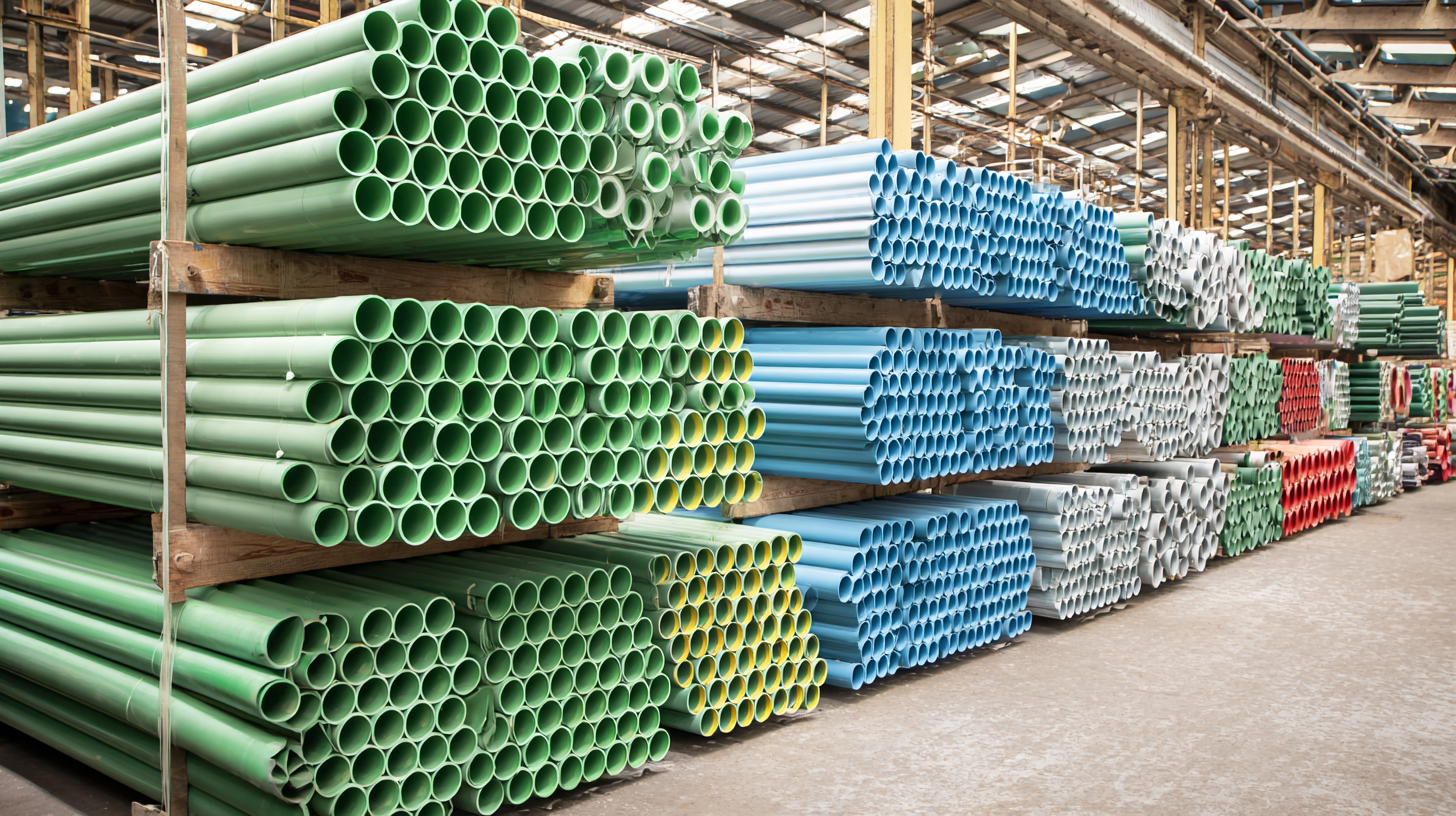
One piece of advice I’d give is to pick suppliers who work with dependable shipping partners. It might seem small, but it can really cut down transit times and help avoid those annoying delays. Also, don’t forget to get familiar with the shipping rules and customs procedures in your target markets — knowing the ins and outs can save a lot of headaches. Sometimes using local freight forwarders can make the whole process way smoother and help you stay compliant.
And don’t overlook inventory management. It’s smart to coordinate with your suppliers to keep enough stock, especially when things get busy during peak seasons. Investing in good inventory software can give you real-time updates on your stock levels, making planning a whole lot easier. At the end of the day, focusing on these logistics details can really help global buyers navigate the tricky world of sourcing UPVC pipes — all while keeping costs in check.
Common Pitfalls to Avoid When Sourcing UPVC Pipes
When you're sourcing UPVC pipes, it’s pretty common to run into some tricky pitfalls that can end up costing you more than you'd like. One of the biggest mistakes? Not really taking the time to carefully evaluate your suppliers. You know, checking out their reputation, capabilities, and how they manage their production. Doing a thorough background check really pays off—it helps ensure you're partnering with a reliable supplier who actually meets your quality standards.
And don’t overlook the importance of certifications—that’s a biggie. Make sure those UPVC pipes meet international standards and have all the necessary certifications. It might seem like a hassle at first, but it really pays off in peace of mind, making things way easier when it comes to compliance in your market.
Plus, a lot of folks forget to think about the long-term picture when it comes to pricing. Choosing the cheapest option might seem tempting, but it can backfire—cheap materials often mean more frequent repairs or replacements, which adds up over time. It’s better to find a good balance between cost and quality. Investing in durable pipes might seem like a bigger upfront expense, but in the end, it can save you a lot of money and headaches down the line.
7 Essential Tips for Sourcing Upvc Pipes: What Every Global Buyer Needs to Know - Common Pitfalls to Avoid When Sourcing UPVC Pipes
| Tip Number | Tip | Common Pitfall | Advice |
|---|---|---|---|
| 1 | Research Suppliers | Choosing unverified suppliers | Check online reviews and ratings. |
| 2 | Understand Specifications | Ignoring technical details | Request detailed specifications before sourcing. |
| 3 | Evaluate Quality Standards | Accepting subpar quality | Ask for quality certification documents. |
| 4 | Consider Logistics | Neglecting shipping costs | Get quotes from multiple courier services. |
| 5 | Review Contracts Carefully | Rushing contract review | Take time to understand all terms. |
| 6 | Communicate Clearly | Poor communication | Be explicit about your needs. |
| 7 | Build Relationships | Treating suppliers as just vendors | Invest in long-term partnerships. |
Enhancing Infrastructure Resilience: The Strategic Benefits of Pntek HDPE Pipes with 20% Improved Durability Metrics
In the face of growing infrastructure demands, enhancing resilience is paramount. Pntek's HDPE pipes emerge as a strategic solution, boasting a remarkable 20% improvement in durability metrics compared to traditional piping options. This advancement not only ensures longevity but also mitigates risks associated with infrastructure failures, particularly in urban settings.
Pntek HDPE pipes are lauded for their health and safety features—they are nontoxic, free of heavy metal additives, and resistant to bacterial growth. This makes them particularly advantageous for urban water supply systems. Their chemical resistance allows for diverse applications, ranging from the transmission of industrial materials to sewage discharge systems. The pipes come in various sizes, from 16mm to 1400mm, and offer multiple pressure ratings, making them adaptable to a wide range of projects.
Moreover, the flexibility in connection methods, such as socket fusion and electrofusion joints, ensures a reliable integration into existing networks. As urban areas increasingly adopt sustainable practices, Pntek HDPE pipes serve not only as a cost-effective solution but also as a resilient and environmentally friendly choice for infrastructure development, capable of withstanding the challenges posed by modern demands.
FAQS
: UPVC stands for Unplasticized Polyvinyl Chloride. It is known for its durability and resistance to corrosion, making it a popular choice for piping systems.
Understanding specifications and standards helps ensure quality and compliance with regulations, allowing buyers to differentiate between products that meet essential criteria.
Relevant standards include ASTM (American Society for Testing and Materials), ISO (International Organization for Standardization), and EN (European Norms).
Pressure ratings indicate a pipe's ability to withstand internal pressure, while sizes must align with the application to ensure functionality and reliability.
Buyers should establish a budget for raw material price fluctuations, request detailed quotations, and understand various payment methods to ensure smooth transactions.
Common pitfalls include neglecting supplier evaluation, overlooking necessary certifications, and prioritizing the cheapest option over quality, which can lead to costly mistakes.
Buyers should conduct a thorough background check on suppliers, assessing their reputation, capabilities, and production standards.
Certifications ensure that the pipes meet international standards, which guarantees quality and helps in compliance with regulations.
Buyers should balance cost with quality, as opting for cheaper options may result in subpar materials that require frequent replacements and repairs.
Common payment methods include Letter of Credit, telegraphic transfers, and mixed payment options, each with its own advantages and drawbacks.
Conclusion
When you're on the hunt for UPVC pipes, it’s super important to really get what the specific standards and requirements are for your particular application. Knowing the ins and outs of UPVC pipe specs can help you find reliable suppliers — like Ningbo Pntek Technology Co., Ltd., which has over a decade of experience in exporting plastic pipes, fittings, and valves. It’s also a good idea to check out how they manage quality control during production. You wanna be sure you’re getting top-notch products, right?
On top of that, don’t forget to pay attention to pricing and payment terms — those can make or break your sourcing process. Shipping and logistics are another biggie; nailing down those details helps ensure your order arrives right on time. And honestly, doing your homework and planning ahead can save you a lot of headaches down the line. Avoiding common pitfalls through thorough research really makes the whole process smoother and helps you build a reliable supply chain for your UPVC pipes.

Lila
Application

Underground pipeline
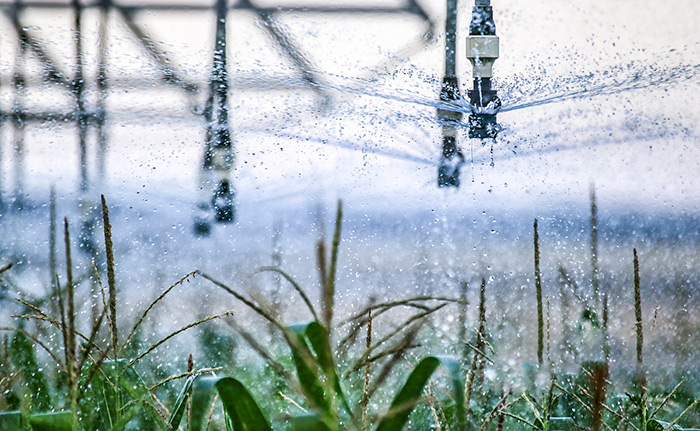
Irrigation System
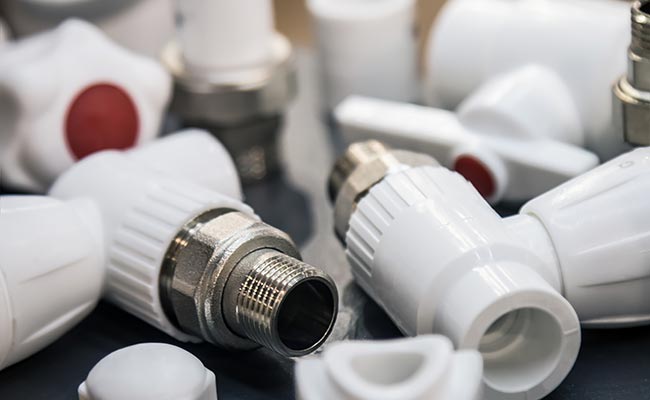
Water Supply System


